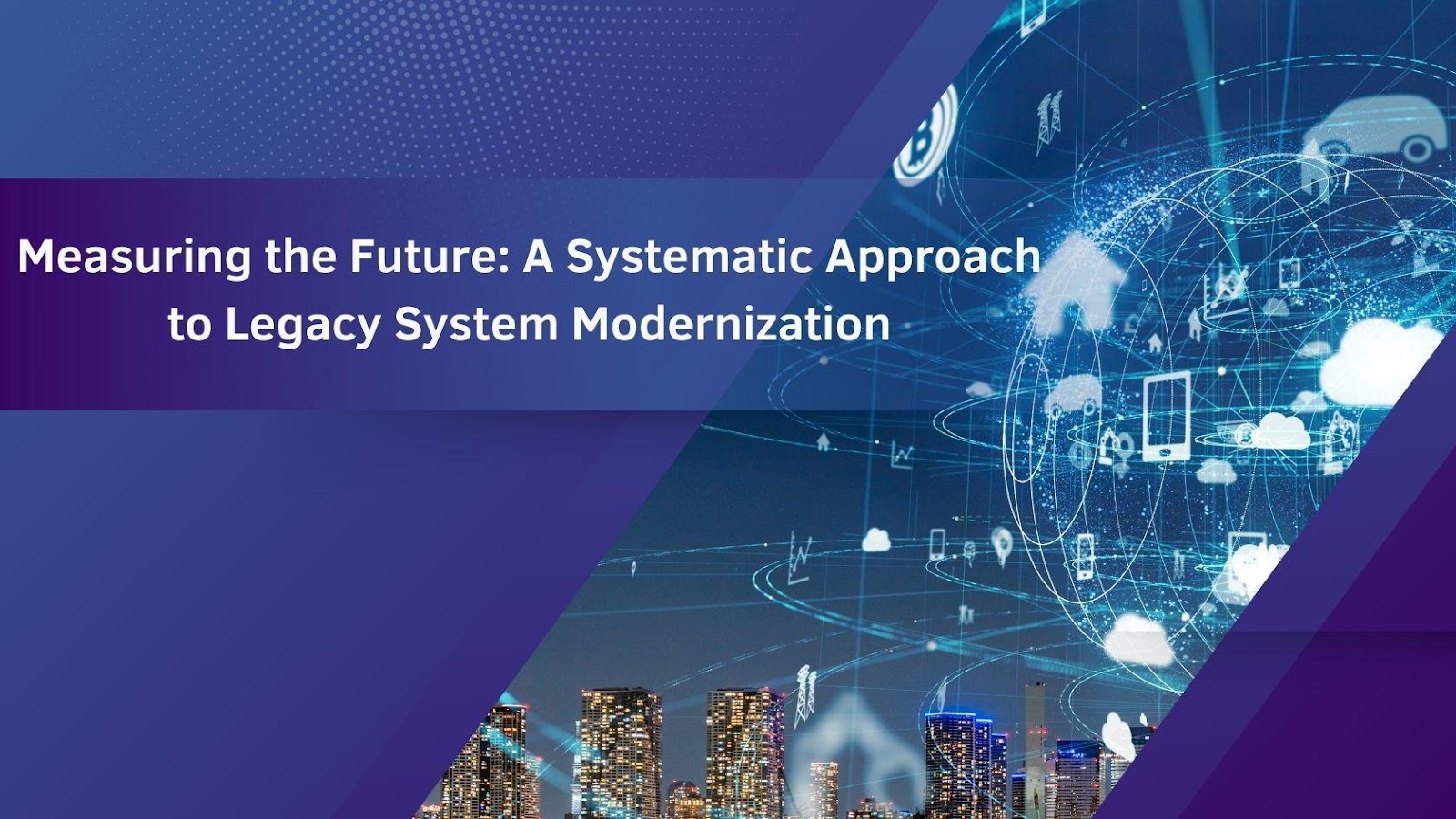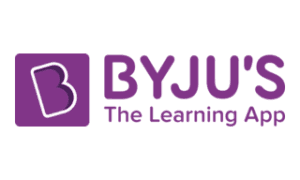In the new modern digital era, legacy systems remain the backbone of many organizations, yet their maintenance incurs high costs. As technology advances, businesses must modernize applications to stay competitive. Rajkumar Chindanuru, a researcher in digital transformation, offers a structured approach to assessing Return on Investment (ROI) in legacy system modernization, enabling organizations to make informed decisions about their technological future and maximize the value of their IT investments.
The Challenge of Outdated Systems
Legacy applications, often built on outdated architectures, create technical debt that limits business agility. Research indicates that organizations allocate a significant portion of their IT budgets to maintaining existing systems rather than innovating. This imbalance hampers the ability to integrate new features and respond swiftly to market demands. Without modernization, businesses risk operational inefficiencies and reduced competitiveness.
A Structured Framework for Modernization
A structured framework is essential for successful legacy system modernization, balancing financial returns with strategic benefits. The proposed ROI assessment framework integrates quantitative and qualitative factors, aligning technical initiatives with broader business goals. Research indicates that organizations using well-defined assessment models significantly improve modernization outcomes. This approach ensures a comprehensive evaluation, enabling businesses to maximize value and drive long-term success in their transformation efforts.
Establishing Clear Goals and Objectives
The foundation of a successful modernization strategy lies in well-defined objectives. Organizations must align technical implementations with business needs by setting clear goals across three layers: business, system, and technical. Companies that adopt this layered approach report higher success rates in achieving modernization targets, as it ensures that financial and operational benefits are realized alongside technological advancements.
Stakeholder Engagement and Requirement Analysis
Effective modernization requires input from multiple stakeholders, including business leaders, technical teams, and end users. A structured stakeholder analysis framework improves requirement completeness, ensuring that modernization efforts address both functional and non-functional aspects. Research highlights that projects with thorough requirements engineering efforts experience significantly higher success rates, as early-stage investments in planning reduce downstream challenges.
Cost-Benefit Assessment: Balancing Investments and Gains
Modernization initiatives demand substantial investment, making cost-benefit analysis a crucial component of decision-making. Organizations that undertake structured financial assessments see reduced project risks and improved financial outcomes. Studies reveal that successful modernization projects allocate budgets across key areas—implementation, infrastructure, and organizational change—ensuring a balanced investment strategy. Proper planning also leads to substantial cost savings in infrastructure and operational efficiency improvements.
Measuring Tangible and Intangible Benefits
While cost savings and operational efficiencies are measurable, modernization also delivers intangible benefits. Businesses report improved user experience, enhanced security, and better compliance post-modernization. Additionally, companies implementing modernization frameworks experience notable gains in market responsiveness and innovation capabilities. These qualitative benefits contribute to long-term sustainability and business agility, ensuring continued growth.
ROI Metrics and Performance Measurement
To ensure successful modernization, organizations must define KPIs to assess efficiency gains and business impact. A structured measurement framework improves decision-making, while predictive models enhance forecasting accuracy. This data-driven approach minimizes risks, optimizes resources, and maximizes returns, ensuring informed strategies for effective legacy system modernization.
Continuous Monitoring for Sustained Success
The modernization journey does not end with implementation. Continuous monitoring frameworks help organizations track modernization impact, identify challenges, and optimize systems over time. Research shows that businesses employing comprehensive monitoring strategies experience fewer system failures and greater adaptability to evolving business needs. Integrating automated monitoring mechanisms further enhances decision-making and ensures sustained ROI.
Best Practices for Long-Term Value Creation
Adopting best practices in digital transformation drives long-term value creation. Strong change management and structured training enhance user adoption and efficiency. Agile methodologies enable dynamic adaptation, aligning modernization with industry trends. Prioritizing these strategies ensures successful digital initiatives and sustained competitive advantage in an evolving tech landscape.
In conclusion, legacy system modernization is more than just a technical necessity—it is a strategic initiative that shapes an organization’s digital trajectory. A well-structured ROI assessment framework enables businesses to extract maximum value from their modernization efforts, driving agility, operational efficiency, and long-term competitiveness. Rajkumar Chindanuru’s research highlights the critical need to align these initiatives with overarching business objectives, ensuring that modernization investments translate into sustainable growth in an ever-evolving digital ecosystem.





























